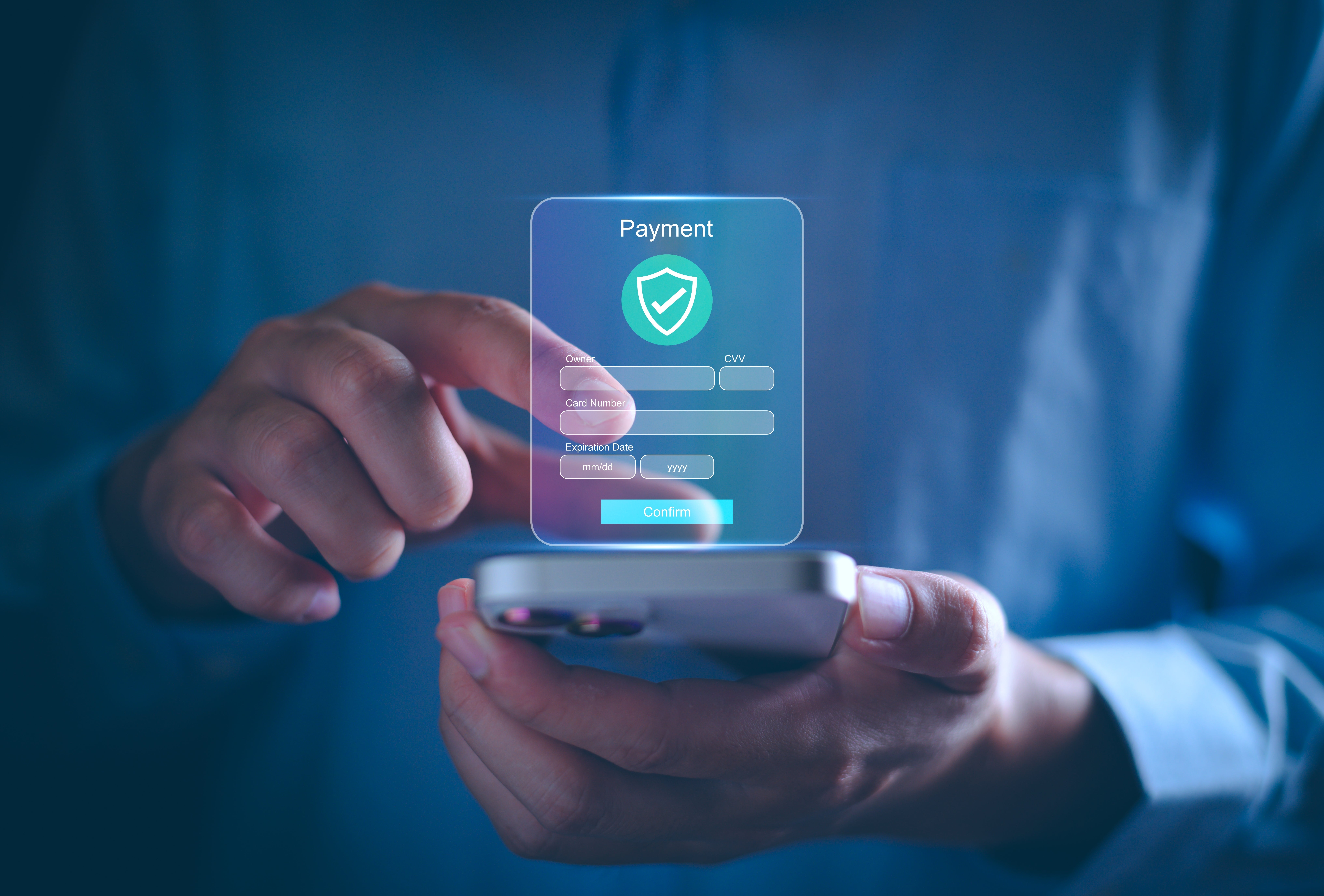In today’s digital age, mobile devices are integral to both our personal and professional lives. Protecting these devices from growing cyber threats is essential to safeguard sensitive data and maintain privacy. This glossary will guide you through key terms and best practices in mobile device security, helping you understand how to secure your devices effectively.

What is Mobile Device Security
Mobile device security refers to the protection of smartphones, tablets, laptops, and other portable devices against cyber threats such as malware, data breaches, and unauthorized access. With increasing reliance on mobile devices for work, banking, and communication, securing these endpoints has become a necessity for individuals and businesses alike. This article covers essential concepts and strategies to help you stay protected in an increasingly mobile-first world.
Why Mobile Device Security Matters
Mobile devices now handle sensitive personal and business tasks: emails, banking, CRM access, file sharing, and more. This makes them prime targets for cybercriminals. A single phishing email or a lost phone could result in data theft, financial loss, or legal liability.
Businesses — especially small or remote-first teams — need solutions that protect multiple endpoints. With the rise of mobile secure multi-device tools, users can manage multiple devices from one platform, enforce security policies, and remotely protect data even when a device is lost or stolen.
Key Terms in Mobile Device Security
- Mobile Device Management (MDM): A system for remotely managing mobile devices, enforcing encryption, controlling app installations, and enabling remote lock or wipe.
- Encryption: Converts data into unreadable code to protect information even if the device is lost or stolen.
- VPN (Virtual Private Network): Creates a secure, encrypted connection over the internet, especially important on public Wi-Fi.
- Multi-Factor Authentication (MFA): Adds an extra layer of security beyond passwords, using biometrics or one-time codes.
- Remote Wipe
Allows you to erase all data on a device remotely if it’s lost or stolen, preventing unauthorized access.
Common Threats to Mobile Devices
Mobile devices have become indispensable tools in both our personal and professional lives. However, this increased reliance makes them lucrative targets for cybercriminals. Below are the most prevalent threats putting smartphones and tablets at risk:
- Phishing Attacks: Phishing isn't just for desktops—mobile devices are increasingly targeted via SMS (smishing), messaging apps, or deceptive emails. These attacks trick users into clicking malicious links or submitting login credentials to fake websites designed to steal sensitive information like usernames, passwords, or banking details.
- Malware & Spyware: Mobile malware can come in the form of seemingly harmless apps, infected websites, or malicious attachments. Spyware, in particular, runs silently in the background—tracking keystrokes, capturing screenshots, and transmitting personal or corporate data to third parties without the user’s knowledge.
- Unsecured Wi-Fi Networks: Public Wi-Fi in cafes, airports, or hotels often lacks proper encryption. Attackers can intercept data using techniques like man-in-the-middle (MITM) attacks, allowing them to eavesdrop on communication, steal login credentials, or even inject malware into unencrypted connections.
- SIM Swapping: SIM swapping is a sophisticated attack that involves tricking or bribing telecom providers into transferring a victim's phone number to a new SIM card controlled by the attacker. Once done, the attacker can bypass SMS-based two-factor authentication (2FA), reset passwords, and take over financial or personal accounts.
- Juice-Jacking: Ever charged your phone at a public charging kiosk? That USB port could be compromised. Juice-jacking allows attackers to steal data or inject malware onto your device through modified charging stations or cables. It’s a subtle yet dangerous attack vector.
- Advanced Spyware: State-sponsored spyware like Pegasus can silently infiltrate a device via zero-click exploits—meaning no user interaction is needed. These tools can access call logs, text messages, emails, camera, microphone, and even encrypted chats—posing an enormous threat to privacy, journalists, dissidents, and enterprise users.
How to Safeguard Your Device from Mobile Security Threats
The good news? You can significantly reduce your mobile risk exposure by following these security best practices:
- Use Strong Passwords & Multi-Factor Authentication (MFA): Create strong, unique passwords for every account and enable MFA wherever possible. Authentication apps are preferable to SMS-based 2FA due to SIM swap risks.
- Encrypt Your Device: Enable full-disk encryption to secure all data stored on the device. If your phone is lost or stolen, encryption ensures that sensitive data remains inaccessible without the correct credentials.
- Keep Software Updated: Security patches are regularly issued by OS vendors and app developers to fix known vulnerabilities. Enable auto-updates or routinely check for the latest software versions to stay protected.
- Avoid Public Wi-Fi Without a VPN: If you must use public Wi-Fi, always connect via a reputable Virtual Private Network (VPN). VPNs encrypt your internet traffic, protecting it from prying eyes on insecure networks.
- Enable Remote Lock & Wipe: In case your device is lost or stolen, features like Apple’s Find My iPhone or Android’s Find My Device allow you to remotely lock your phone or wipe its data—keeping your personal and business information out of the wrong hands.
- Review App Permissions Regularly: Many apps request unnecessary access to your contacts, camera, microphone, or location. Periodically audit app permissions and revoke any that seem excessive or unrelated to the app’s function.
Conclusion
Mobile device security is no longer optional in a mobile-first world. From securing a single smartphone to managing multiple endpoints across a team, adopting the right tools and habits is essential to keep your data safe.
For users seeking scalable protection, mobile secure multi-device platforms offer centralized controls, built-in VPN, and easy setup — making it easier than ever to keep your entire mobile ecosystem secure.
Whether you’re a solo entrepreneur, remote worker, or growing business, the right mobile security strategy is your frontline defense against today’s evolving threats.





